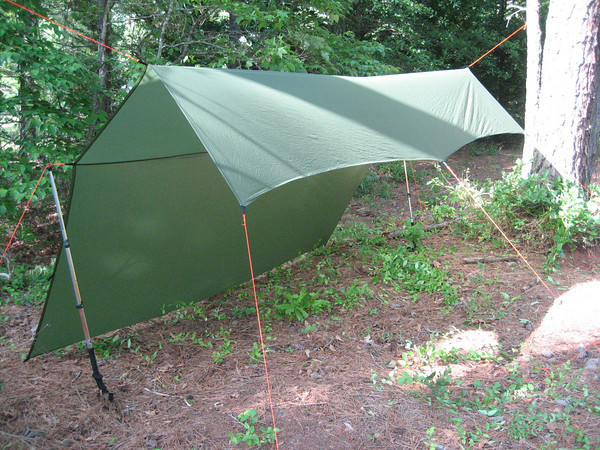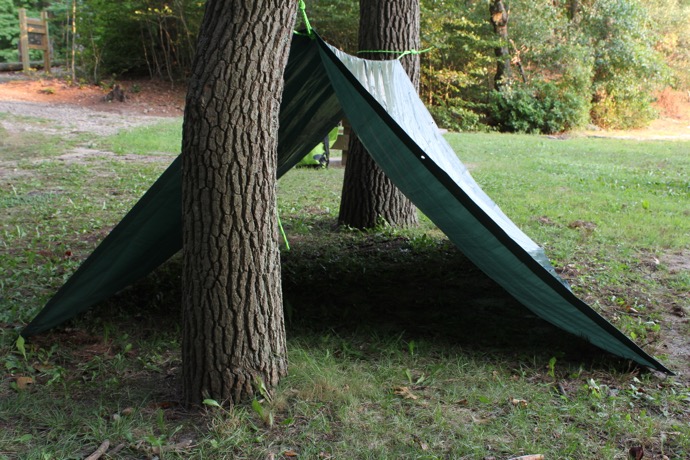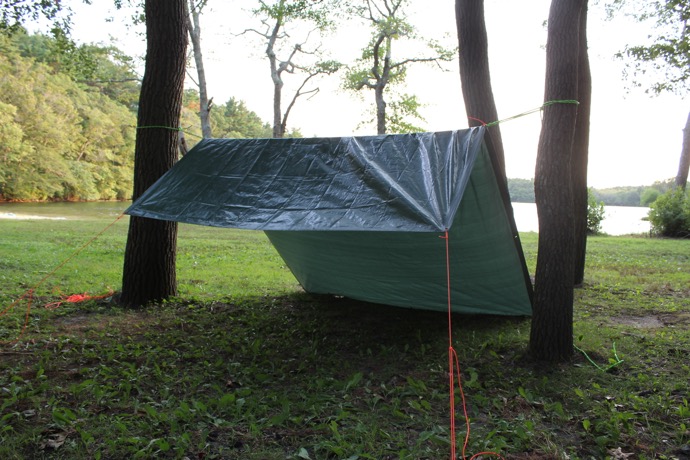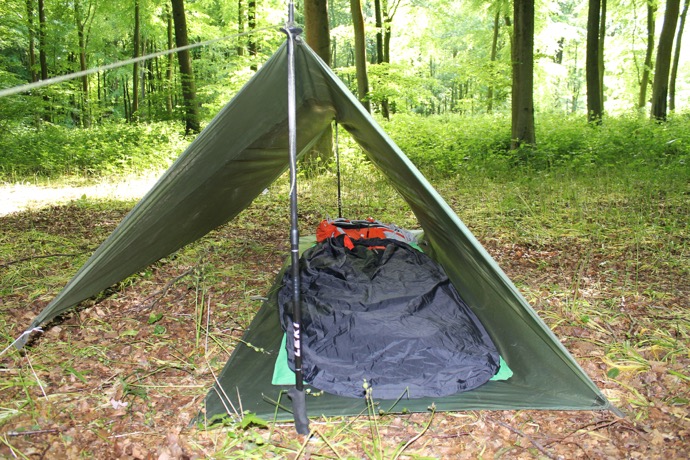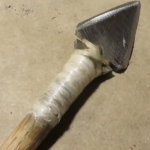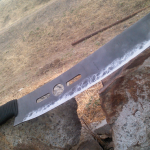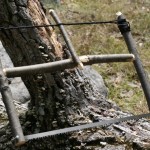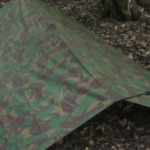Practical Tips About Building Tarps and Shelters
There are a lot of different types of shelters out there, and we’ve talked about some easy ways to use tarps to build rudimentary ones . This is a good time to re-visit the topic and add some additional suggestions as more and more people head outdoors during the summer. Let’s take a look at some practical tips that will make setting up camp in an emergency faster and easier than ever.
Simple Tent
Take a piece of cordage and wrap it around two sturdy trees that are at least 8 feet apart. The height of the cordage will depend on the size of the tarp you are working with. It will also depend on whether or not you want the tarp to reach the ground or just provide some basic cover. Make sure the cordage is taut and drape the tarp over the line. Attach cordage to each corner of the tarp and stake them into the ground with whatever material is available, from tent stakes to twigs.
Lean-To
The lean-to shelter is designed to protect you from wind and rain that is coming from one direction. The tarp is situated so that it provides a little bit of an overhang from the top while draping the bulk of the material over to one side. This is ideal in conditions where you don’t have a lot of material to work with, or you are looking for a simple one-direction barrier.
Tie the cordage between two trees as outlined in the previous example. Drape the tarp over the cordage, but slide most of it to the side that is facing the wind or rain. Let the tarp cover the ground, unless it already has holes pre-fabricated into the material that you can use for staking it down. Take two longer pieces of cordage and attach it to the shorter side that is draped over the main line. Tie down this section by pulling the material taut. Either stake the tarp on the opposite side or use soft, round rocks to hold it in place. The rocks will protect the tarp from tearing in the wind. Adjust the height of the tarp to give you more or less material to work with as the case may be.
Heat Shelter
If you are in very hot conditions, you can also use the tarp to make a shelter that will keep you cooler. First, dig a trench in the ground where you will sleep. It should be around 2 feet deep and as wide as necessary. Then, Fold the tarp in half and cover the trench, placing the creased side of the tarp on the side of the trench that is facing the wind. Anchor it with some of the earth that you removed to make the trench. The space between the two pieces of tarp will promote air flow and lower temperatures. If you don’t have enough material to fold in half, making and covering the hole will also lower temperatures as opposed to being above ground. Tie some cordage to the loose side of the tarp so you can pull it closed. Hold on to the cordage while you are sleeping to keep the shelter covered.
Other Important Suggestions
Never tie two tarps together, even if there are pre-fabricated loops. The stresses of wind and rain can cause them to tear. If you have poles, use them as supports AFTER you have made your shelter as a way to enhance its rigidity. However, using poles as the sole way to support the frame of your shelter can cause the tarp to tear.
If you are building a tarp shelter to protect yourself from the sun and heat, make a lean-to and angle the shorter flap into the wind. This will help to circulate air through the shelter and force hot air to escape. If you are building the shelter in rainy weather, make the lean-to stay low to the ground with the wall facing the direction of the rain and wind. This will force a lot of the water up and over your shelter and keep a broader area on the other side dry. It will also cause water to drip down from the tarp and onto the ground instead of pooling inside of your shelter and site.
Tarps are an essential component of your wilderness survival kit for keeping things dry as well as building shelters with minimal material. Following these tips can help you to get the most efficient use out of them when you need to create a makeshift shelter in a hurry. Try them for yourself and see how these simple tricks can make life a lot easier out in the field.


